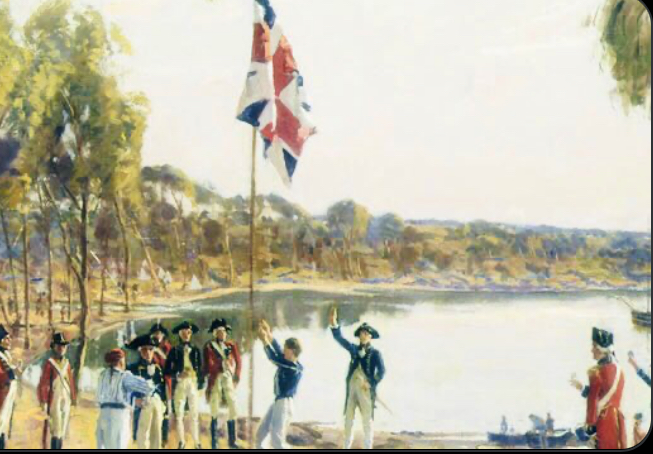THE ARGYLE CUT - THE ROCKS
Do you go cut is a striking example of conflict public works. It was a colonial effort to overcome a challenging landscape, providing a more level crossing between the rocks and Millers point.
In 1843, convict labour was deployed to cut the roadway through the rocky peninsula. It was completed in 1959 with the use of explosives and council labour. Bridges over the cup were completed later.
The Uncle cup was also taken in the 1920s with the construction of the approaches to the Sydney Harbour Bridge
The Argyle Cut is A striking example of convict Public works. It was a Colonial effort to overcome a challenging Landscape, providing a more level crossing between The Rocks & Millers Point,
In 1843, convict labour was deployed to cut the roadway through the rocky peninsula. It was completed in 1859 with the use of explosives
Whenever I Happen To Pass The ARGYLE CUT I Always Think What An Amazing Piece Of Work It Is. Can You Imagine The Hundreds Of Comvicts All Chained Together In Chain Gangs. With Nothing More Than Blunt Picks Hitting The Sandstone.
Walking Through The Cut You Just Can't Imagine Gravity Of Human Labour to Cut This Straight Out Of The Rock.
Also Hard To Imagine The Bits Of Broken Sandstone Being Either Carried By Hand Or Using A Wheelbarrow Style Tool...
Down To The Coastal Estuary Called Circular Quay And Tipped Into The Tidal Flat. The Reclaimed Land Has Added About 50 Metres To The Quay, And the Semi Circular Walls Were Built.
When You See The Sandstone Sea Wall That Goes Right Around The Working Harbour From Millers Point, Dawes Point To Circular Quay And What Would Have Been Fort Macqaurie.
"This Square Forms A Part Of An Area Of Old Sydney Called The Rocks, Once Famous As A Residential District And A Notorius Haunt Of Sailors. Argyle Street Was Named By governor Macquarie In 1810 After His Native Country.
In The Cut Itself - High On The Wall There Is ThisNotice
" Chas Moore -Mayor- 1867 - 1868
Above This Spot A Bridge Known AsThe Princes Street Bridge Spanned The Original Argyle Cut. As A Memorial Of The Bridge, The Above Stone, Which Formed Part Of It, Is Placed Where The Shadow Of The Bridge


